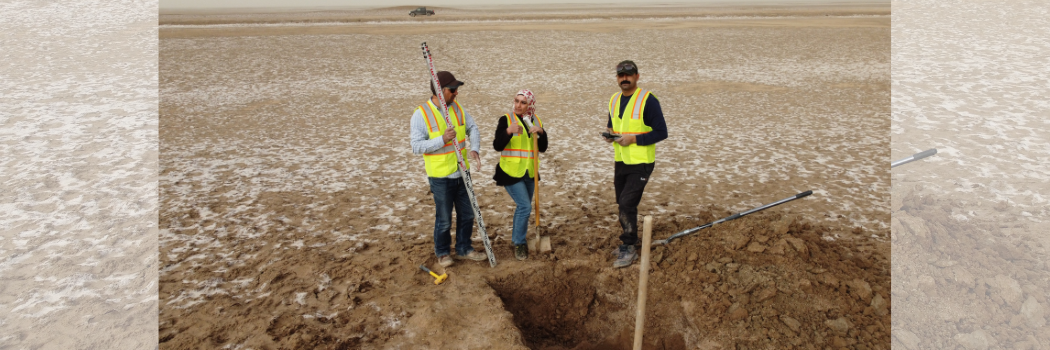Get the latest tech news
Shadow of a Doubt
How OCD came to haunt American life
The firestorm sliced to the core of some of the most radioactive issues lately haunting American life: the provenance of mental anguish in a country wherein around one in four adults, and 42 percent of Gen Z-ers, suffer from a diagnosed mental-health condition; the trustworthiness of a pharmaceutical juggernaut that in peddling not just SSRIs but opioids has forfeited its credibility, thereby setting the stage for the anti-vax fiasco and Make America Healthy Again; the question of what insights we foreclose—about ourselves, about our world—when we attribute psychic pain solely or primarily to chemistry. Among the celebs that weekend were Jonathan Grayson, a seventyish psychologist, who spoke in suavely cutting epigrams of his own invention, like “Research has shown that the only people who are certain are stupid or QAnon.” There was Kristina Orlova, a podcaster and anxiety specialist nicknamed the OCD Whisperer, and the filmmaker Ethan Smith, who gave the 2014 keynote address, a pink-cheeked cherub in the Rick Moranis genus—a poster child of the IOCDF, its Michael Jordan, who’d gone from a whimpering, bedridden thirtysomething to a fully functional adult following eighteen months of ERP. Cresting big parabolas that culminated, as they do here, in long corridors that stretched to the sea—the fretwork of bridge cables and the Bay beyond them, the Port of Oakland, everything coming into view with the shock of epiphany—I roamed on past hulking SUVs, apocalypse-ready and bearing eat the rich bumper stickers; something called Nancy Pelosi Drive; and the Haight, where Ben & Jerry’s peddled okay ice cream for $7.99 and lamppost decals proclaimed jesus is an assman.
Or read this on Hacker News
